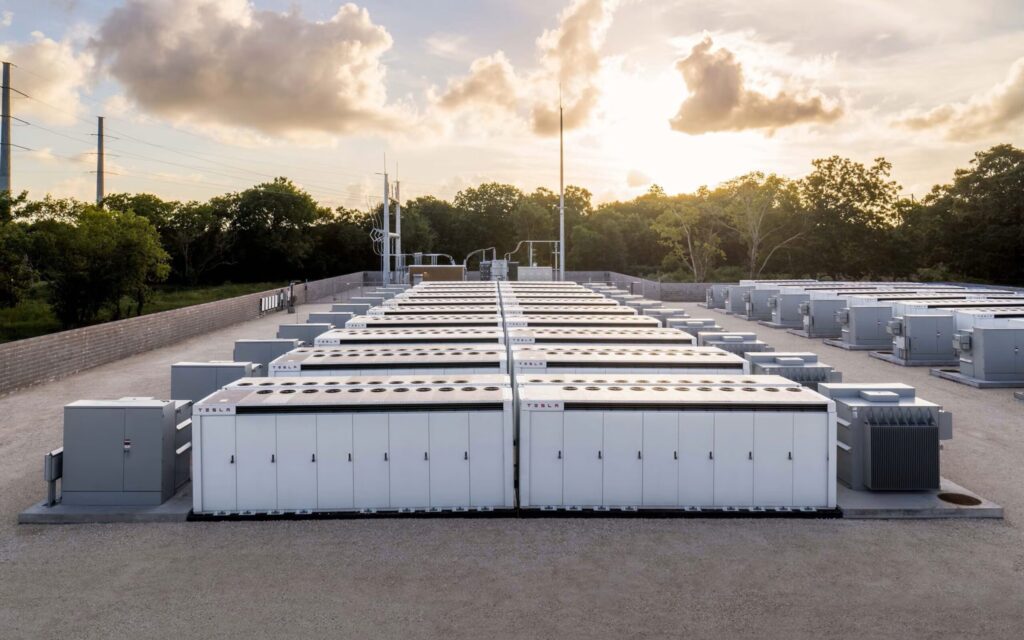Tesla is reportedly planning to enter the Saudi Arabian market, signaling its interest in tapping into the region’s growing appetite for electric vehicles (EVs). The move aligns with the Kingdom’s ambitious Vision 2030 plan, which aims to diversify its economy and reduce dependence on oil by embracing sustainable technologies.
Why Saudi Arabia?
Saudi Arabia presents a unique opportunity for Tesla due to several factors:
- Vision 2030 Goals:
- The Saudi government is aggressively pursuing sustainability initiatives, including investment in renewable energy and EV infrastructure.
- Wealthy Consumer Base:
- The Kingdom’s affluent population represents a strong potential market for Tesla’s premium EV models.
- Infrastructure Development:
- Significant investments in EV charging networks and renewable energy projects, such as NEOM, create a favorable environment for Tesla’s entry.
- Energy Transition:
- Saudi Arabia’s focus on reducing its carbon footprint aligns with Tesla’s mission to accelerate the world’s transition to sustainable energy.
Potential Challenges
While Saudi Arabia offers significant opportunities, Tesla faces several challenges in entering the market:
- Regulatory Environment:
- Adapting to Saudi Arabia’s regulatory landscape and import policies could pose hurdles.
- Consumer Awareness:
- Despite government initiatives, EV adoption is still nascent in the Kingdom, requiring Tesla to invest in educating consumers about the benefits of EVs.
- Local Competition:
- Tesla may face competition from local and regional automakers who are also entering the EV space.
- Cultural Adaptation:
- Tailoring marketing and operational strategies to Saudi Arabia’s unique cultural and economic context will be crucial.
Strategic Steps for Tesla’s Entry
To ensure a successful market entry, Tesla may adopt the following strategies:
- Partnerships:
- Collaborating with local entities, such as the Public Investment Fund (PIF) or utility companies, could streamline Tesla’s operations and expand its reach.
- Charging Infrastructure Expansion:
- Establishing a robust network of Tesla Superchargers across major cities and highways will be critical to supporting EV adoption.
- Affordable Models:
- Introducing more cost-effective models, such as the Tesla Model 3 or Model Y, could help attract a broader customer base.
- Public Awareness Campaigns:
- Launching initiatives to educate consumers about EV benefits and incentives provided by the government could drive adoption.
Broader Implications
Tesla’s potential entry into Saudi Arabia reflects the broader trend of global automakers targeting emerging EV markets. If successful, it could:
- Strengthen Saudi Arabia’s position as a regional hub for sustainable technologies.
- Encourage greater investment in EV infrastructure across the Middle East.
- Set a precedent for other EV manufacturers to enter the Saudi market.
Conclusion
Tesla’s exploration of the Saudi Arabian market marks a significant step in its global expansion. By aligning with the Kingdom’s sustainability goals and navigating its unique challenges, Tesla has the potential to play a transformative role in Saudi Arabia’s energy transition and EV adoption.
For more information, visit Semafor.





